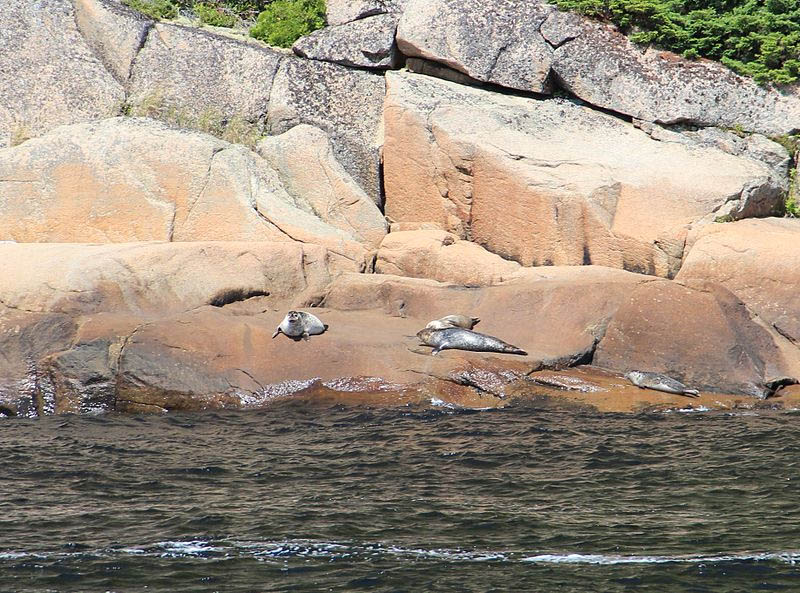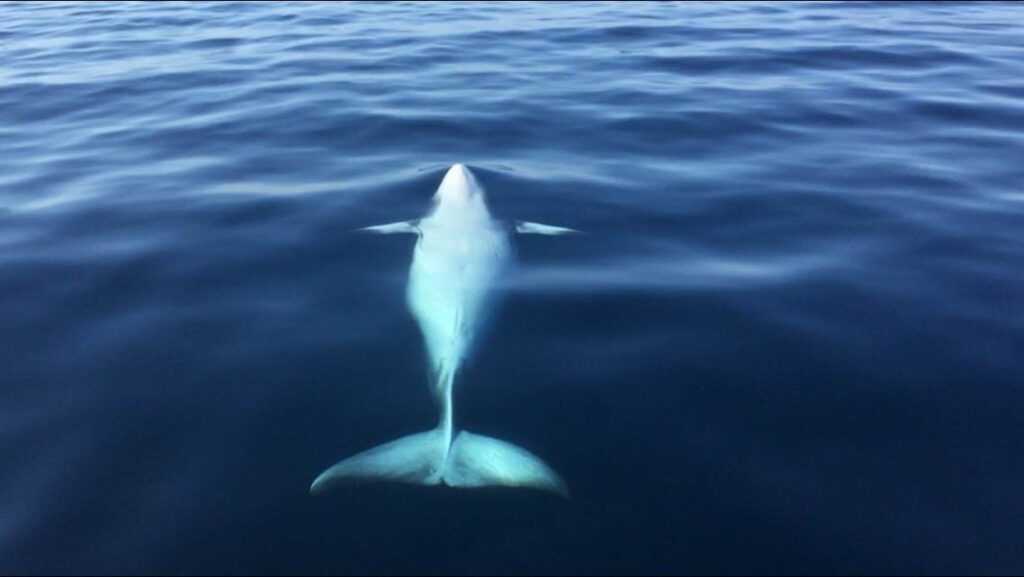Filmed during 73 dives in Escoumins, Percé and the Saguenay Fjord, summer/fall 2024 by Charles-Antoine Boutin.
At 0:10 (video) a Doto coronata at CDMM (escoumins), a species rarely or not observed on the north coast before, and very present this year.
At 6:13 (video) dives into the Saguenay Fjord, in absolutely unforgiving conditions, in the cold in the dark.
Escoumins
The Marine Environment Discovery Centre, a Parks Canada location for whale viewing and learning about the marine environment, is situated at Escoumins, which is situated in the Saguenay Fjord.
Discovery Centre for the Marine Environment
Whales and other marine life can be seen from the coast at this centre, which is situated at 41 street des Pilotes, Les Escoumins.

Saguenay Fjord National Park
Located in Quebec, Canada, Saguenay Fjord National Park (French: parc national du Fjord-du-Saguenay) is a provincial park. The park is located along the eastern end of the Saguenay River in the Saguenay–Lac-Saint-Jean, Charlevoix, Côte-Nord, and Bas-Saint-Laurent regions. It shares a boundary of more than 100 kilometres (60 miles) with the Saguenay–St. Lawrence Marine Park.
Before the first European settlers arrived, the Saguenay Fjord region was inhabited for thousands of years by Aboriginal people, notably Innus. In 1535, Jacques Cartier became the first European to visit the area. A number of Indigenous peoples, including the Innu, Haudenosaunee (Iroquois), Huron, Algonquins, and Cree, traded along the Saguenay River after Samuel de Champlain built a fort on the northern shores of the St. Lawrence River (near modern-day Quebec City). The fur trade had a major role in the Saguenay economy from 1628 to 1842.
Settlement in the Saguenay region started in 1838. The region had a substantial lumber industry from 1840 to 1920. A large portion of the Saguenay River’s surrounding woodlands had been cleared by the end of the 19th century. The Saguenay region was mostly undeveloped throughout the 20th century due to a combination of factors, including the loss of trees, challenging terrain, and the collapse of the lumber sector.

Along the edge of the fjord that bears its name is Saguenay Fjord National Park. Southeast of the park is the Saguenay–St. Lawrence Marine Park. The following areas of Quebec are included in the park: Saguenay-Lac-Saint-Jean, Charlevoix, Côte-Nord, and Bas-Saint-Laurent. About 60 kilometres (37 miles) separate Saguenay, Quebec, from the Baie-Éternité tourist centre of Saguenay Fjord National Park.
The park’s namesake, Saguenay Fjord, is 105 kilometres (65 miles) long and ranges in width from 2 kilometres (1.2 miles) to 4 kilometres (2.5 miles). The fjord’s deepest point is 270 meters (890 feet), with an average depth of 210 meters (690 feet). The average height of the cliffs around the fjord is 150 meters (490 feet), with a maximum height of 350 meters (1,150 feet). The St. Lawrence River receives saline water from the Saguenay Fjord, which flows beneath a layer of freshwater from Lac St. Jean. 93% of the water volume in the fjord is made up of salt water.

The park’s forests are home to wolves, black bears, lynxes, beavers, and moose, among other creatures. The cliffs of the fjord are home to peregrine falcons. The waterways of the park are home to seals, brook trout, Atlantic salmon, and isolated populations of Arctic cod and Greenland halibut.
Four whale species—the blue whale, fin whale, minke whale, and beluga whale—can also be found in the park’s waters. The Saguenay River’s pollution has caused a sharp decline in the region’s beluga whale population. Currently, this subpopulation is regarded as endangered.
YouTube Video by Charles-Antoine Boutin






